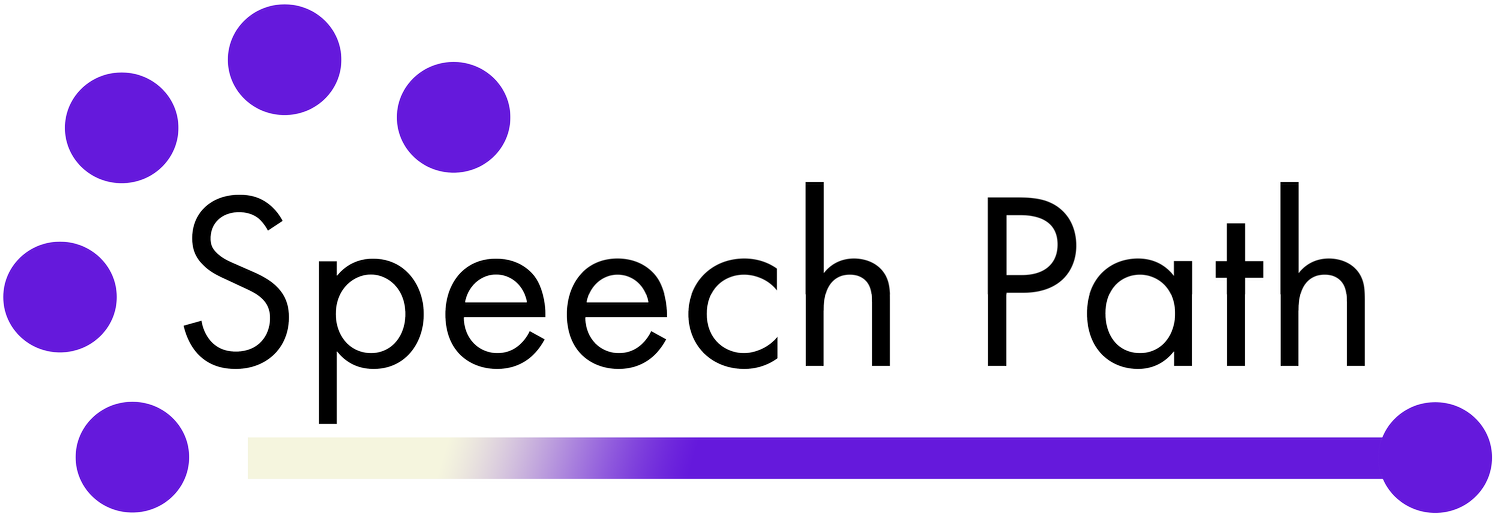A Closer Look at Language Milestones for Toddlers
Milestones are a way for parents to know what they can expect as their child grows older. It’s important to keep in mind that every child is different, and not every child will reach certain milestones at the same time.
If a child is a little behind the target for their age range, this doesn’t automatically mean they may have a developmental issue. However, it certainly may be worth investigating further. One way to do this is through a screening. Screenings are frequently offered for preschoolers. If the results of a preschool screening are cause for concern, or if you notice the signs of a potential delay absent a screening, consider scheduling a full pediatric speech and language evaluation.
In this guide to language milestones in toddlers, we’ll cover language milestones from 12 months to three years, as well as what parents can do to help their children grow and thrive.
Language Milestones for Toddlers
By the time a child reaches 12 months of age, they are typically babbling and using sounds like “ma-ma” and “da-da.” Children at this age also repeat the sounds they hear and use gestures to communicate nonverbally. For example, they might reach up with both hands while making grasping movements to communicate that they want something. Around this time, children also typically say their first word.
From 12 to 17 Months
During this exciting time in a child’s language development, they begin to use a small selection of words more frequently. Toddlers in this age range will generally:
Have a vocabulary comprised of 1-10 words
Imitate simple words they hear
Respond to their name by looking towards the speaker
Point to some familiar objects when they’re named
A toddler will begin to shake their head for “no” and nod for “yes.” They can follow simple directions, such as “Come here” and they will look around when asked “where” questions, such as “Where’s your bear?” Toddlers in this age range will also begin to point in order to make requests, such as by pointing to a toy on the shelf that they want to play with.
From 18 to 23 Months
This time period is generally characterized by significant vocabulary growth. Although a toddler’s pronunciation is still unclear at this point, they can use about 50 words. They may also try to start combining words into two-word phrases, such as “Go out.”
Parents are likely to notice their toddlers using some pronouns, like “mine.” Toddlers in this age range typically make animal sounds, like “moo,” and request foods by name. They may start to follow two step directions, like “Get the block and put it in the box.”
From Two to Three Years
During this age range, a toddler’s pronunciation will start to improve, but people other than their parents are likely to have some difficulty interpreting their speech. By the time a toddler reaches three years, they can correctly pronounce sounds like b, p, t, k, b, d, g, m, and h, and others can understand most of what they say.
Toddlers will start using more pronouns, such as “you,” “I,” and “she.” They also use more descriptive words, like “big,” and words pertaining to spatial concepts, like “on.”
As toddlers grow from two to three years, their productions expand from two-word phrases to three-word phrases. At this point, they can also answer simple questions.
Parents may notice their children starting to use plurals (e.g., “dogs”) and regular past tense verbs (e.g. “played”), as well as –ing verbs, like “running.” They may also ask “why” and “how” questions.
How to Support Your Child’s Language Development
Parents and other caregivers play an essential role in helping their children develop language skills. One of the most impactful things you can do is to provide your child with a language-rich environment. Talk to them early and often. Here are some suggestions:
Read to your child every day from birth. Talk about the story and describe the pictures on the pages.. Don’t worry about reading every word on the page!
Play with sounds when interacting with your child. Mimic the sounds they make and add your own sound effects (e.g., a car going “vroom” or clock going “tick tock”).
Reinforce and encourage your child’s attempts at communication. For example, if your child points at a dog, you could say, “I see a big dog! The dog says ‘woof!’”
Use simple phrases and sentences, as your child is more likely to be able to repeat them.
Point to things as you talk to support their understanding of what you’re talking about.
Lastly, trust your instincts. If you are concerned that your child may have a language delay, there’s no need to wait for a preschool screening from your child’s daycare or school. You can schedule a speech and language evaluation right away.
What to Do If There Is a Concern
Remember that all children develop at their own pace. However, if you’re concerned that your child is not reaching language milestones that are on target for their age range, you can get in touch with the friendly team at The Speech Path. Our speech-language pathologists (SLPs) offer pediatric speech therapy in San Francisco that is personalized to your child’s unique needs and strengths.
Ask your daycare or preschool if they offer speech and language screenings. The Speech Path provides preschool screenings in San Francisco to make sure your little learners are off to the best start. If a screening reveals potential delays or you have your own concerns about your child’s language development, you can schedule a comprehensive speech and language evaluation, which allows the speech-language pathologist to get to know your child’s strengths and areas for growth better. Based the our findings, we’ll put together a personalized plan to help your child thrive.
Contact us today to schedule an evaluation for speech therapy in SF. We offer telehealth and in-home services!
